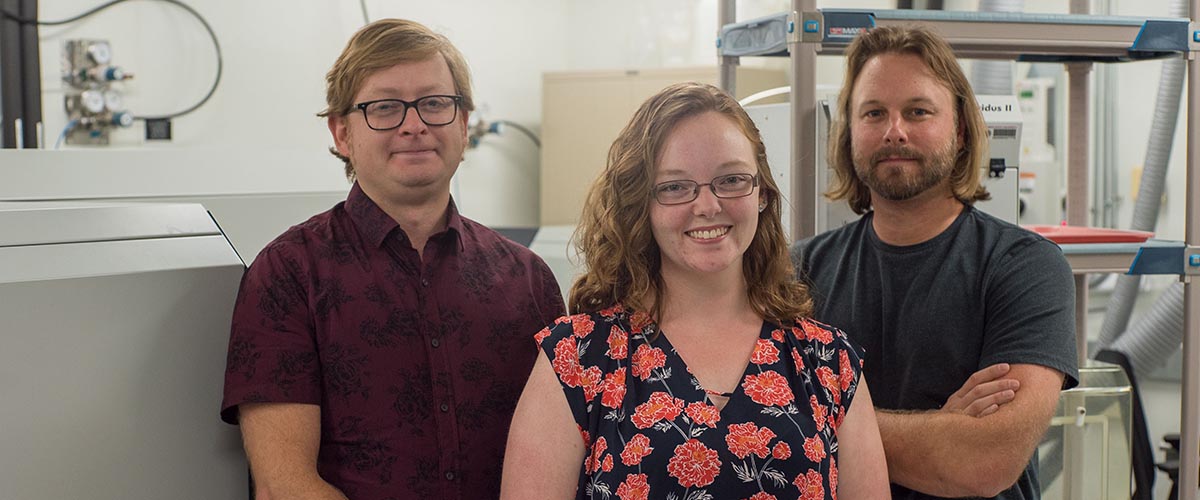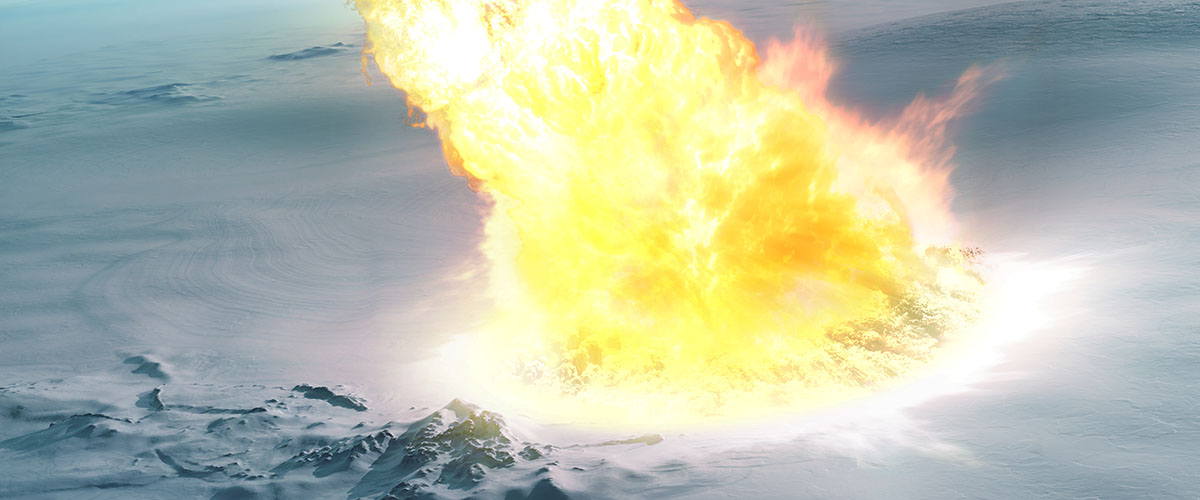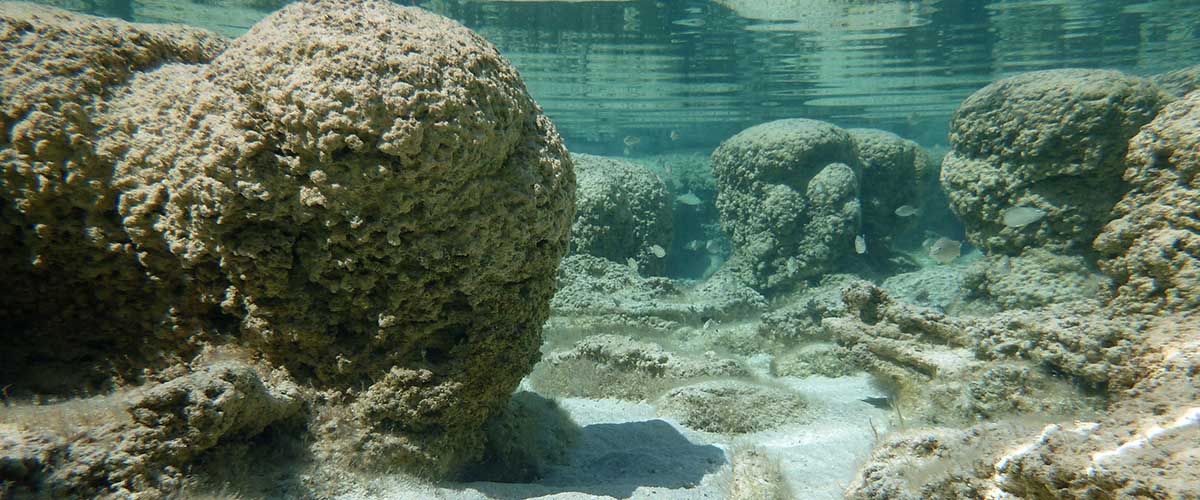Contact: Zachary Boehm
TALLAHASSEE, Fla. — Late in the prehistoric Silurian Period, around 420 million years ago, a devastating mass extinction event wiped 23 percent of all marine animals from the face of the planet.
For years, scientists struggled to connect a mechanism to this mass extinction, one of the 10 most dramatic ever recorded in Earth’s history. Now, researchers from Florida State University have confirmed that this event, referred to by scientists as the Lau/Kozlowskii extinction, was triggered by an all-too-familiar culprit: rapid and widespread depletion of oxygen in the global oceans.
Their study, published today in the journal Geology, resolves a longstanding paleoclimate mystery, and raises urgent concerns about the ruinous fate that could befall our modern oceans if well-established trends of deoxygenation persist and accelerate.
Unlike other famous mass extinctions that can be tidily linked to discrete, apocalyptic calamities like meteor impacts or volcanic eruptions, there was no known, spectacularly destructive event responsible for the Lau/Kozlowskii extinction.
"This makes it one of the few extinction events that is comparable to the large-scale declines in biodiversity currently happening today, and a valuable window into future climate scenarios," said study co-author Seth Young, an assistant professor in the Department of Earth, Ocean and Atmospheric Science.

Late Silurian graptolites (fossilized marine primary producers which are dark lines) from a section in the Czech Republic that become extinct during this event.
Credit: Stephen Bilenky
Scientists have long been aware of the Lau/Kozlowskii extinction, as well as a related disruption in Earth's carbon cycle during which the burial of enormous amounts of organic matter caused significant climate and environmental changes. But the link and timing between these two associated events — the extinction preceded the carbon cycle disruption by more than a hundred thousand years — remained stubbornly opaque./
"It's never been clearly understood how this timing of events could be linked to a climate perturbation, or whether there was direct evidence linking widespread low-oxygen conditions to the extinction," said FSU doctoral student Chelsie Bowman, who led the study.
To crack this difficult case, the team employed a pioneering research strategy.
Using advanced geochemical methods including thallium isotope, manganese concentration, and sulfur isotope measurements from important sites in Latvia and Sweden, the FSU scientists were able to reconstruct a timeline of ocean deoxygenation with relation to the Lau/Kozlowskii extinction and subsequent changes to the global carbon cycle.
The team's new and surprising findings confirmed their original hypothesis that the extinction record might be driven by a decline of ocean oxygenation. Their multiproxy measurements established a clear connection between the steady creep of deoxygenated waters and the step-wise nature of the extinction event — its start in communities of deep-water organisms and eventual spread to shallow-water organisms.
Their investigations also revealed that the extinction was likely driven in part by the proliferation of sulfidic ocean conditions.
"For the first time, this research provides a mechanism to drive the observed step-wise extinction event, which first coincided with ocean deoxygenation and was followed by more severe and toxic ocean conditions with sulfide in the water column," Bowman said.
With the oxygen-starved oceans of the Lau/Kozlowskii extinction serving as an unnerving precursor to the increasingly deoxygenated waters observed around the world today, study co-author Jeremy Owens, an assistant professor in the Department of Earth, Ocean and Atmospheric Science, said that there are still important lessons to be learned from ecological crises of the distant past.
"This work provides another line of evidence that initial deoxygenation in ancient oceans coincides with the start of extinction events," he said. "This is important as our observations of the modern ocean suggest there is significant widespread deoxygenation which may cause greater stresses on organisms that require oxygen, and may be the initial steps towards another marine mass extinction."
Dimitri Kaljo, Olle Hints and Tõnu Martma from Tallinn University of Technology; Mats E. Eriksson from Lund University; and Theodore R. Them from the College of Charleston contributed to this study. This research was funded by the National Science Foundation and the Estonian Research Council.
Story by Zachary Boehm, courtesy of FSU Communications






